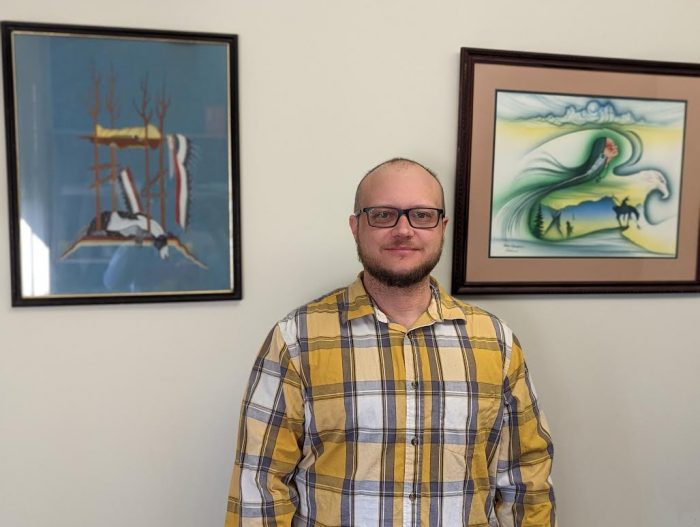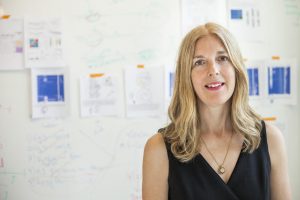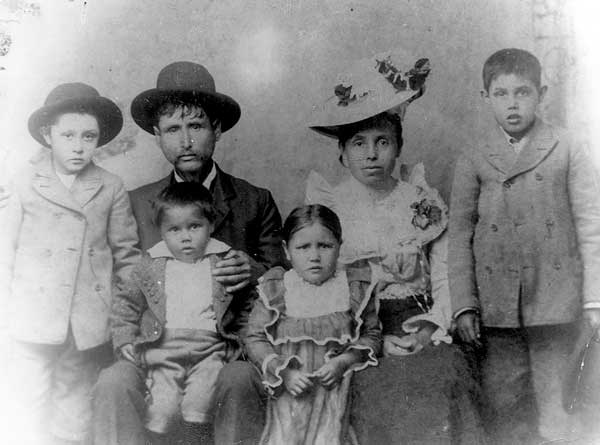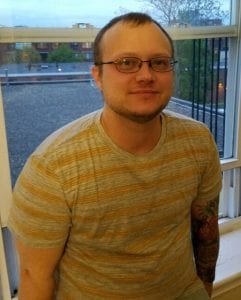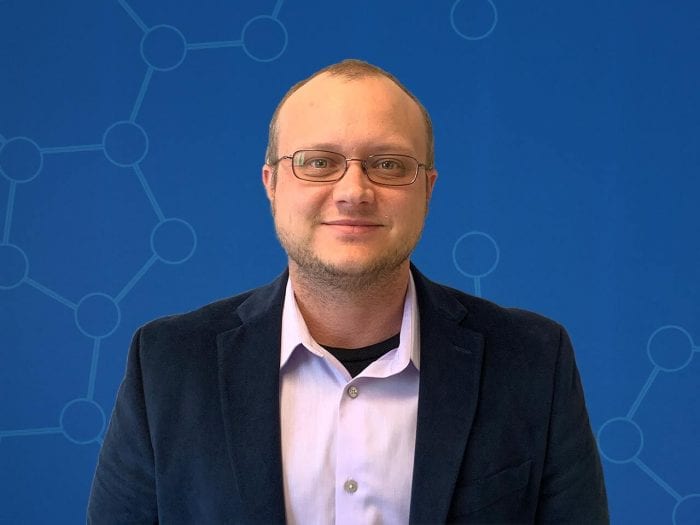By Daniel Dunaief
A male mouse embryo surrounded by a group of female embryos during development in some cases is protected against developmental delays caused by a viral infection of their mother.
That’s one of a host of intriguing observations and findings from a recent set of experiments conducted by postdoctoral researcher Irene Sanchez Martin, who works in the lab of Assistant Professor Lucas Cheadle at Cold Spring Harbor Laboratory.

Sanchez Martin is studying how maternal exposure to viruses triggers immune responses, particularly inflammation, which can contribute to developmental delays characteristic of autism.
In mice as in humans, males are much more susceptible to the onset of the kinds of neurological developmental behaviors that are characteristic of autism than their female counterparts.
“The advantage of our model is that it helps us understand why this happens, providing insights into the underlying mechanisms driving this increased vulnerability in males,” Sanchez Martin explained.
Researchers have been studying viral exposure and developmental disorders for a while. The new element in Sanchez Martin’s research is that she can observe phenotypic changes as early as 24 hours after a pregnant mouse is exposed to a virus, providing a much earlier window into how maternal immune activation affects development.
At an early stage of gestation, when sensory organs, the head, spine and other organs are starting to develop, the male mice demonstrate disruptions in normal development, which affects these structures in different ways. Sanchez Martin hopes these kinds of studies help uncover the pathways through which environmental factors contribute to the development of some cases of autism.
Sanchez Martin’s work is part of a broader effort in Cheadle’s research.
“My lab is interested in understanding how interactions between the nervous system and the immune system shape the development and plasticity of the brain,” Cheadle explained. One goal is to understand how systemic inflammation during prenatal stages leads to heightened risk of autism in offspring.
To be sure, the genetic component suggests that inflammation is not necessary for the development of autism. Nevertheless, exposure to prenatal inflammation can increase autism risk by about three times, making inflammation a likely “key contributor to the development of autism in some, but not all, individuals,” said Cheadle.
Sanchez Martin found that female mice did not develop the same changes as males. She believes this is one of the most valuable applications of the model she’s working on with Cheadle, as it can reveal the biological and developmental differences that contribute to this gender disparity.
Timing
Sanchez Martin studied mice that were exposed to a virus between 12 to 13 days after fertilization, which is similar to the end of the first trimester in a human embryo. Mice develop more rapidly, so the process doesn’t track exactly the same as it would in humans.
About a day after the maternal exposure, some males looked different through ultrasound than they would during typical development. The differences are subtle and it is still too early to assume these changes could serve as a diagnostic marker for autism spectrum disorder.
A host of disruptions could affect the growth of the embryo. The placenta serves as a bridge between the mother and the developing embryo, allowing communication, filtering substances, and protecting the embryo during development. Each mouse embryo has its own placenta and its own amniotic fluid in its amniotic sac, creating a unique microenvironment.
In her lab work, Sanchez Martin is collaborating with Dr. Brian Kalish at Boston Children’s Hospital, who is helping to analyze molecular changes in the placentas of affected and unaffected embryos. Sanchez Martin has data indicating differences between the placentas of affected and healthy individuals, as well as in the amniotic fluid.
“This suggests a dysfunction in the placenta in affected cases” indicating it is not adequately performing its protective and filtering function, she explained.
Female mouse embryos may be more protected in part because of their more active immune response. Other studies have shown that female immune systems, as early as the developmental stage, express higher levels of interferon-stimulated genes and have stronger responses to infections, which may offer better protection than males.
While male mice in some cases benefit from the protection provided by their nearby sisters, Sanchez Martin and Cheadle are “still working to fully understand the underlying mechanism,” she explained.
Epidemiology
By looking at the prevalence of conditions such as autism in the aftermath of larger viral infections, researchers have demonstrated that these illnesses can and do have impacts on the incidence of autism and schizophrenia, among other conditions. It’s not only the pathogen that is responsible, but also the immune response triggered by the infection, as well as the timing of the infection during pregnancy.
Covid, which infected over 100 million Americans, may cause an increase in the number of children born with autism.
“There is precedent from studies of other viral infections during pregnancy, which suggest that maternal immune activation can contribute to altered neurodevelopment in offspring,” Sanchez Martin said. “There is some evidence that male children exposed to SARS-CoV-2 during pregnancy might have a slightly elevated risk of other neurodevelopmental disorders.”
Additional research with longer-term follow up is necessary to confirm these findings. The timing and the immune response during pregnancy could be key factors in determining the outcomes.
Cheadle appreciated the effort and dedication of Sanchez Martin, whom he described as being “bright, talented, motivated and an excellent experimentalist. Her work is among the most important projects in the lab.”
From Madrid to CSHL
Born and raised in Madrid, Spain, Sanchez Martin has been a master of motion. During her final years of her Veterinary Medicine studies at Universidad Alfonso X El Sabio in Madrid, she moved to the University of Helsinki to complete her clinical rotations.
She later earned her PhD at the Centre National de la Recherche Scientifique in Marseille, France and defended her thesis at the Aix- Marseille University. During her PhD, she was a visiting student at Biocenter Oulu in Finland.
Her first job was at Laboklin in Bad Kissingen, Germany, where she worked in a clinical laboratory.
She did her first postdoctoral research in the Microbiology Department at Mount Sinai. During the pandemic, she was involved in studying innate and adaptive immune responses in different in vitro models, focusing on vaccine candidates for Covid-19 and influenza.
A resident of Manhattan, Sanchez Martin has contributed to Cheadle’s lab for two years.
She enjoys listening to classical music, reading, and swimming, which she likes to do several times a week as she has some of her best ideas when she’s in the water.
As for her work, Sanchez Martin appreciates the opportunity to conduct her research as a part of Cheadle’s team that is hoping to identify the molecular mechanisms that contribute to autism in mice.
“It’s an ongoing effort and we hope that with time and collaboration, we can gain more insight,” she explained.


